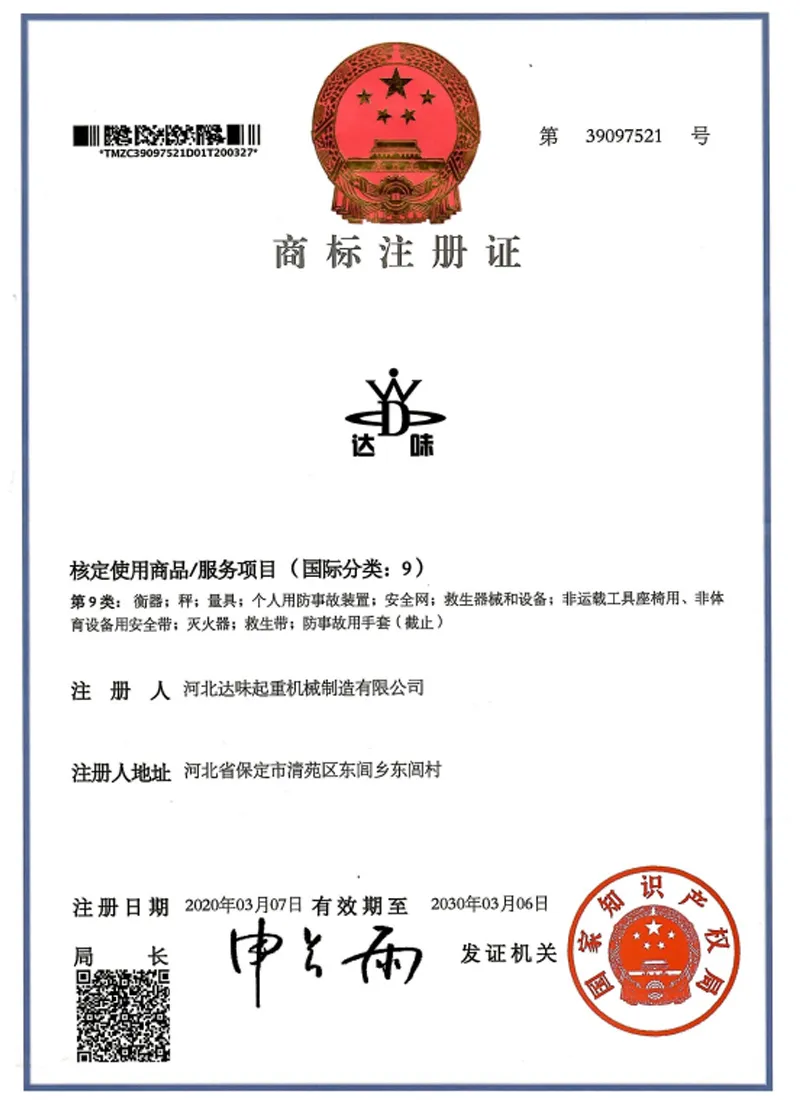roller machinery
The Evolution of Roller Machinery A Comprehensive Overview
Roller machinery has become an indispensable component in various industries, playing a crucial role in manufacturing and processing. With applications ranging from construction to food production, the evolution of roller machinery reflects advancements in technology and a growing understanding of material science. This article explores the history, types, and future developments of roller machinery.
Historical Background
The use of rollers dates back to ancient times, where simple wooden or stone rollers were employed to transport heavy objects and material. Over the centuries, the design and functionality of roller machinery have evolved significantly. The Industrial Revolution marked a turning point, bringing about the mechanization of processes. This era introduced more sophisticated designs that utilized steam and later electrical power, leading to the development of roller mills and other machinery that enhanced production efficiency.
Types of Roller Machinery
Roller machinery encompasses a wide range of equipment designed for specific industrial applications. Some of the most common types include
1. Roller Mills Frequently used in the food industry, roller mills grind materials such as grain into flour. They operate by passing the material through pairs of cylindrical rollers that crush and grind it down to the desired consistency. This machinery ensures uniform particle sizes, resulting in high-quality end products.
2. Roll Forming Machines These are essential in metalworking, where they shape metal sheets into specific profiles through a series of rollers. Roll forming is distinguished by its efficiency and precision, making it ideal for producing components like roofing panels, window frames, and structural supports.
3. Compaction Rollers Essential in construction, these heavy machines compact soil, asphalt, and concrete to create a solid base for roads and buildings. They come in various types, including smooth drum and pneumatic tire rollers, each designed for specific surfaces and conditions.
4. Printing Presses In the printing industry, roller technology plays a crucial role. Roller printing presses apply ink to substrates through a series of rollers, ensuring even coverage and high-speed production capabilities.
roller machinery

Innovations and Advancements
The field of roller machinery has seen numerous innovations to improve efficiency, sustainability, and performance
. One notable trend is the integration of automation and digital technologies. Smart machinery equipped with sensors and AI is capable of monitoring performance in real time, allowing for predictive maintenance and reducing downtime.Furthermore, advancements in materials science have led to rollers made from specialized composites that enhance durability and minimize wear. These innovations not only extend the lifespan of the machinery but also improve energy efficiency during operations.
Sustainability has become a significant focus within the industry. Manufacturers are now designing roller machinery that reduces waste and energy consumption, aligning with global sustainability goals. Implementing eco-friendly practices, such as recycling materials and using biodegradable lubricants, has become increasingly important.
The Future of Roller Machinery
Looking ahead, roller machinery is poised for further expansion and improvement. As industries strive for greater efficiency and lower environmental impact, the demand for advanced roller systems will likely increase. Research into cutting-edge technologies, such as 3D printing and robotics, could revolutionize the way roller machinery is designed and operated.
Moreover, the rise of Industry 4.0—characterized by interconnected machines and systems—will significantly influence roller machinery. The ability to collect and analyze data will enable manufacturers to optimize operations, improve quality control, and create customized solutions for specific applications.
Conclusion
The evolution of roller machinery illustrates a journey of innovation and adaptation to meet the changing demands of various industries. From early hand-operated devices to today's high-tech automation solutions, roller machinery continues to be a vital component of modern production processes. As technology advances and industries move towards sustainable practices, the future of roller machinery looks promising, with endless possibilities for further development and optimization.
-
Portable 2000 lb Gantry Crane | Heavy-Duty & AdjustableNewsAug.30,2025
-
Versatile Lifting Solutions with Gantry and Overhead CranesNewsAug.29,2025
-
The Versatile Mobile Gantry Crane SolutionNewsAug.29,2025
-
Reliable Movement with Heavy Machinery Skates and RollersNewsAug.29,2025
-
Reliable Lifting Performance with 2000 lb Gantry Crane and 2 Ton Overhead SystemsNewsAug.29,2025
-
Maximize Lifting Efficiency with PML Magnetic LiftersNewsAug.29,2025
-
Efficient Relocation Starts with Reliable Machinery MoversNewsAug.29,2025
